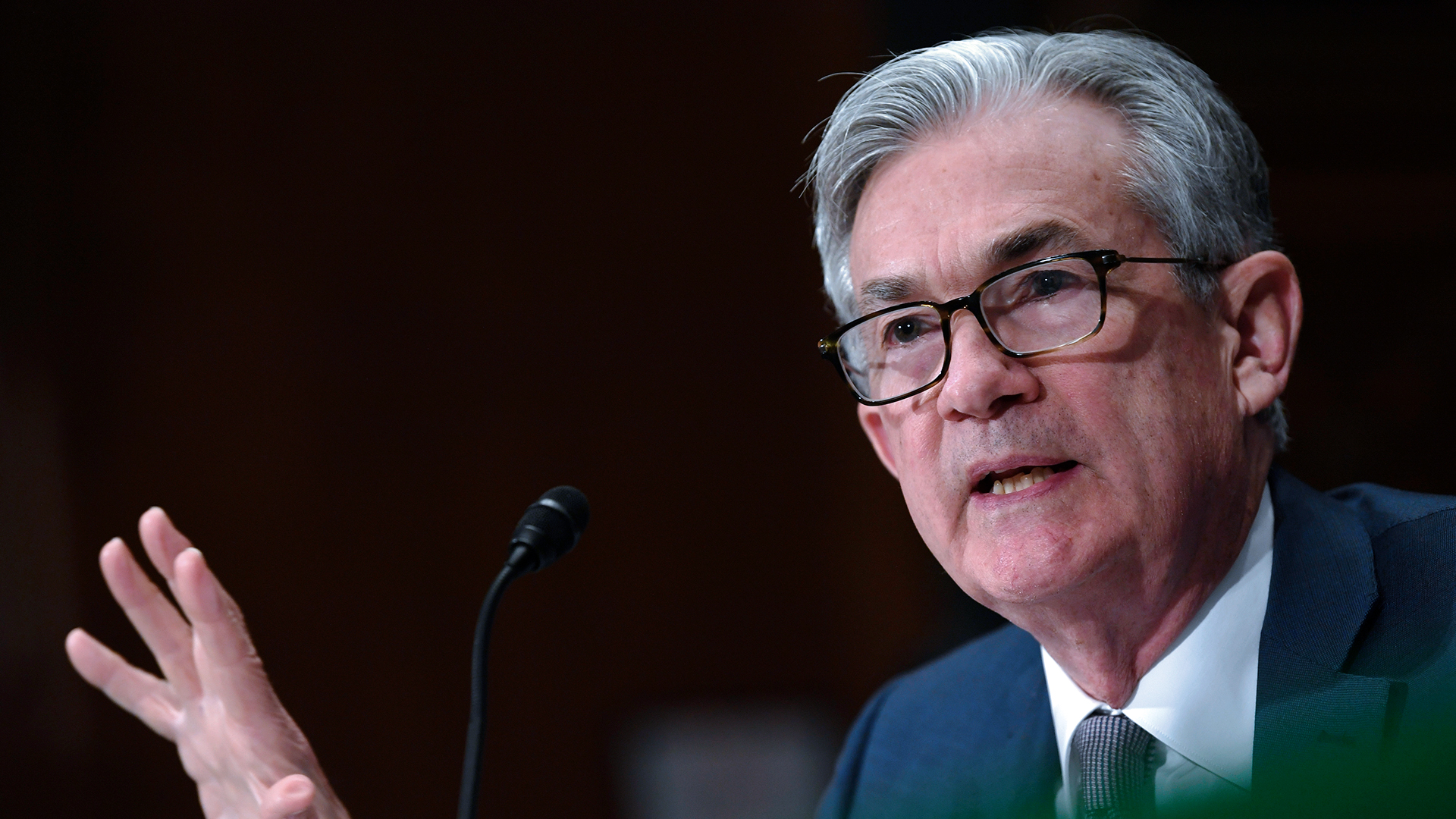
WASHINGTON (AP) — The Federal Reserve signaled Wednesday that it will begin a series of interest-rate hikes in March, reversing pandemic-era policies that have fueled hiring and growth — and stock market gains — but also stubbornly high inflation.
Chair Jerome Powell said at a news conference that inflation has gotten “slightly worse” since the Fed last met in December. He said raising the Fed’s benchmark rate, which has been pegged at zero since March 2020, will help prevent high prices from becoming entrenched.
Seeking to calm fears that higher rates might hurt the economy, Powell said the central bank can manage the process in a way that prolongs growth and keeps unemployment low. “I think there is quite a bit of room to raise interest rates without threatening the labor market,” he said.
Economists said they were surprised by the likely timing and intensity of rate hikes sketched out by Powell, who said the economy is stronger now than in 2015, when the Fed began to raise rates slowly. “The Fed is signaling that they are going to be moving earlier, and maybe at a quicker pace, than we thought,” said Steve Rick, chief economist at CUNA Mutual Group.
The Fed’s rate hikes will make it more expensive, over time, to borrow for a home, car or business. The Fed’s intent is to temper economic growth and cool off inflation, which is at a 40-year high and eating into Americans’ wage gains and household budgets.
“The best thing we can do to support continued labor market gains,” Powell said, “is to promote a long expansion, and that will require price stability.”
The central bank’s latest policy statement follows dizzying gyrations in the stock market as investors have been gripped by fear and uncertainty over just how fast and far the Fed will go to reverse its low-rate policies, which have nurtured the economy and the markets for years.
The broad S&P 500 index fell nearly 10% this month and fell slightly Wednesday.
Asked about the stock market’s wild volatility, Powell stressed that the Fed’s “ultimate focus” is on the “real economy.” But he suggested that the recent market moves are a positive sign: “We feel like the communications we have with market participants and the general public are working.”
High inflation has become a serious political threat to President Joe Biden and congressional Democrats, with Republicans pointing to rising prices as one of their principal lines of attack as they look toward the November elections.
Biden said last week that it was “appropriate” for Powell to adjust the Fed’s policies. And congressional Republicans have endorsed Powell’s plans to raise rates, providing the Fed with rare bipartisan support for tightening credit.
“The risk is for a faster pace of Fed tightening given the stickiness of inflation,” said Kathy Bostjancic, an economist at Oxford Economics, a consulting firm.
Supply-chain and labor-market constraints have lasted longer than the Fed anticipated. Consumer prices are rising at 7% — well above the Fed’s long-run inflation target of 2% — and Powell said the outlook for the U.S. economy remains uncertain.
Powell said that while he thinks shipping bottlenecks and labor constraints will ease over time, it’s critical for Fed policymakers to have “humility” and to be “nimble’’ in their decision-making.
For now, Powell said Fed policymakers are “of a mind to raise the federal funds rate at the March meeting, assuming that conditions are appropriate for doing so.”
The Fed also said it will phase out in March monthly bond purchases that have been intended to reduce longer-term rates. And in another step that will tighten credit, the policymakers said they would start reducing their huge $9 trillion balance sheet this year, which some economists think will start by July.
The remainder of this article is available in its entirety at CBN